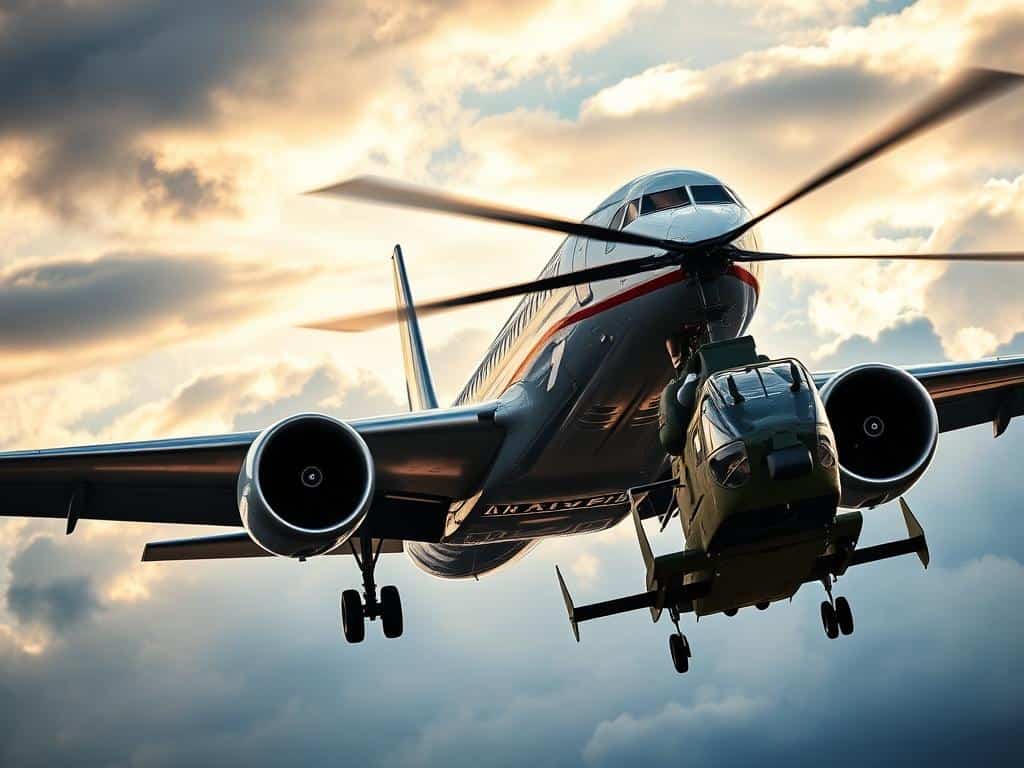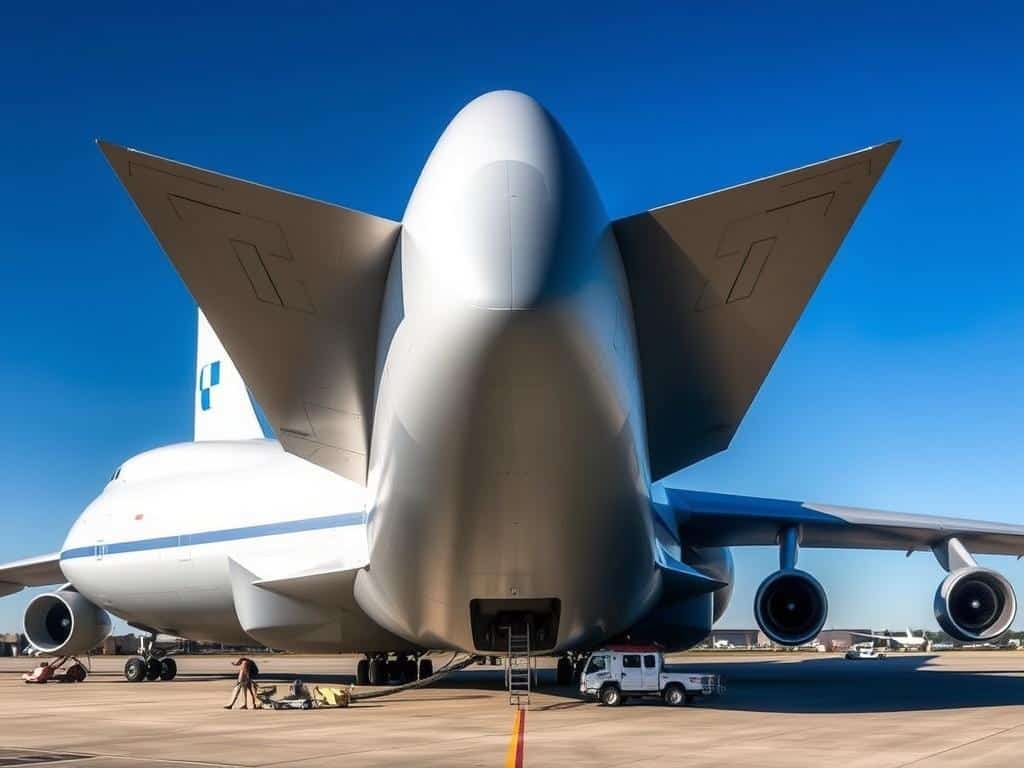Looking out the window, I see the frosty landscape. It makes me think about those who brave the world’s coldest airports. Standing on a snowy runway, the cold bites, as planes get ready to fly into the icy air.
Winter flight operations are tough but interesting. Every detail matters when facing extreme weather. From knowing how location affects temperature to making sure planes can handle the cold, it’s all about human skill and determination.
On these runways, the roar of engines and the rush of de-icing trucks are more than just sounds. They show a battle against nature’s harshness. Flying here is not just a journey; it’s a fight to survive.
Key Takeaways
- The coldest airports present unique challenges for winter flight operations.
- Understanding temperature variations is key for getting planes ready.
- De-icing technologies are critical for safety in extreme cold.
- Aircraft must be designed to withstand very low temperatures.
- Proper pilot training is vital for safe flying in icy conditions.
- Regular maintenance and checks are essential for planes in the cold.
Understanding the Coldest Airports
Geography is key in finding the coldest airports worldwide. Environmental factors like altitude and water proximity affect these areas. This knowledge helps us understand why some airports are extremely cold and how temperature records are set.
Why Location Matters
Airports in northern latitudes or mountains face harsh winters. Being near water makes cold weather worse due to icy winds. Alaska is home to 77 percent of the coldest airports, showing how location affects temperature.
Temperature Records and Patterns
Temperature records show interesting facts about the coldest airports. Koyukuk has the lowest airport temperature at -48°C, while Juneau’s is the highest at 0°C. A study found 132 airports affected by cold, with 34 below -30°C.
This data is critical for the aviation world, ensuring safety and efficiency in winter. The FAA’s cold temperature correction procedures highlight the need for accurate records. These are essential for safe approaches.

Mechanisms for Surviving the Cold at the Coldest Airports
Cold weather is a big challenge for flying in winter. Airports use many ways to keep flights safe in extreme cold. I’ll talk about how they deice planes, adapt aircraft designs, and prepare pilots for winter flying.
Deicing Processes and Technologies
Deicing is key to keeping planes flying in icy weather. Ice and frost stick to planes, so they need to be cleaned well. A waxed surface helps prevent ice and snow from sticking.
Deicing fluids like propylene glycol keep surfaces clear. Anti-icing treatments help planes stay safe during takeoff and landing. It’s important to watch the weather and know how long treatments last.
Aircraft Design Adaptations
New designs help planes fly better in cold weather. Modern planes have systems to stop ice from forming on wings. They also have de-icing boots to remove ice.
Keeping the engine well-lubricated is also important. In winter, planes might need thinner oil to run well. Using additives like Camguard protects the engine from corrosion.
Essential Preparations for Pilots
Pilots must be well-prepared for winter flying. They need to know the weather and runway conditions. They should check the heating system and preheat engines to keep them running smoothly.
Having survival gear on board is important in case of emergencies. Keeping an eye on the battery is also key, as cold can damage it. By being proactive, pilots help keep winter flights safe.
Conclusion
Navigating the world’s coldest airports is a big challenge. It needs strong preparation and advanced systems. Airports must use top-notch weather tools to handle snowstorms and ice.
This careful planning helps adjust flight schedules quickly. It reduces delays in winter flights, as seen in Helsinki and Munich.
The de-icing process is key for safety and efficiency in extreme weather. Aircraft go through quick frost treatments to full snow removal. This shows how important being ready is.
Regular checks on aircraft systems and flexible rebooking policies show the industry’s dedication. They ensure smooth operations in tough weather.
Climate change makes adapting and innovating in aviation more urgent. We need to get ready for more bad weather. This will make flights safer and more reliable.
Working together is key. Airlines, airports, and weather services must share knowledge. This helps find the best ways to deal with extreme weather.



